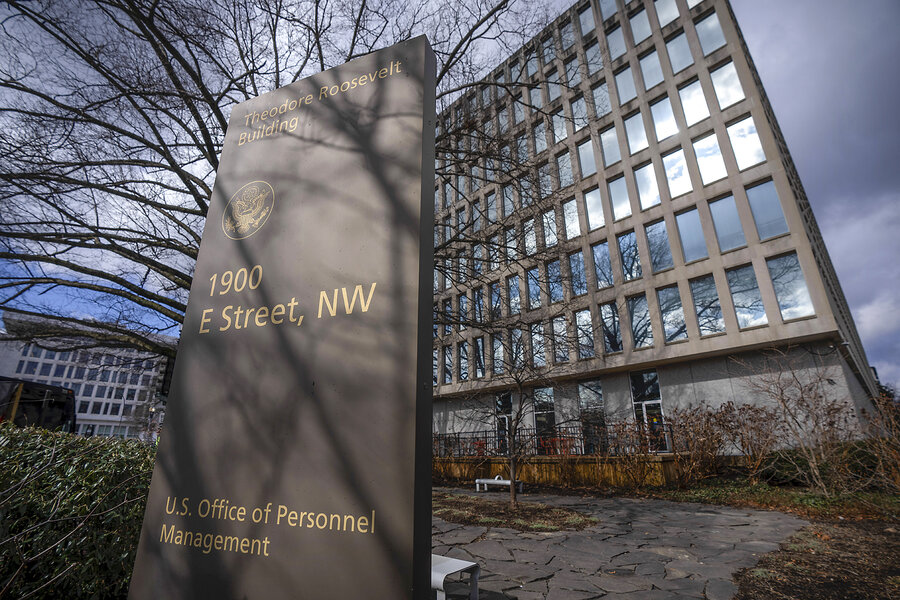The Trump administration’s transformation of the federal workforce includes a controversial requirement for employees to return to in-person work. On President Trump’s first day in office, an executive memo was issued that effectively ended remote work for federal employees, marking a decisive shift as part of broader efforts to cut federal jobs.
Key Deadlines Approaching
Federal agencies were tasked with submitting detailed plans for a phased return of employees to the office, especially those living within 50 miles of their agency. Many federal workers faced a deadline to choose between a buyout offer or returning to full-time office work. A federal judge temporarily halted this buyout offer, which had already seen around 40,000 employees accept it prior to the ruling.
The Debate Over Remote Work
While some celebrate the return to office as a move towards accountability, others, particularly Democrats and federal employees, view it as a tactic to encourage resignations and undermine civil service expertise. Telework had been described as “virtually unrestricted” by the Trump administration, yet some argue that the actual number of federal employees teleworking has been exaggerated.
The Landscape of Remote Work in Government
Before COVID-19, around 22% of the federal workforce teleworked, a number that surged during the pandemic. Recently, about half of federal workers were in roles that did not allow telework, with 10% fully remote. The perception that all federal employees work from home is misleading, according to experts.
Office Space Utilization Challenges
A report by the Government Accountability Office revealed that many agency headquarters utilize 25% or less of their office space, largely due to increased remote work. However, the Trump administration's push for office returns raises questions about where employees will work, especially as leases on many federal offices are being terminated.
Employee Reactions
The executive order does not apply universally, as certain employees are protected under existing agreements. However, the pressure to return to the office is palpable. Some employees express concern over the impact of commuting and the loss of remote work flexibility, highlighting how it affects their personal lives.
In summary, the push for a return to the office amidst ongoing debates about productivity and employee morale raises significant questions about the future of remote work within the federal government.





Comments
Join Our Community
Sign up to share your thoughts, engage with others, and become part of our growing community.
No comments yet
Be the first to share your thoughts and start the conversation!